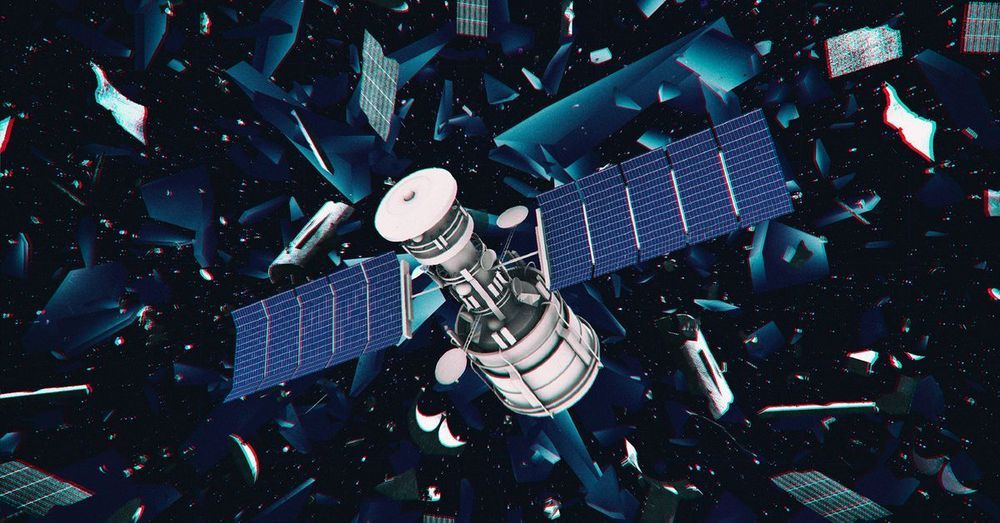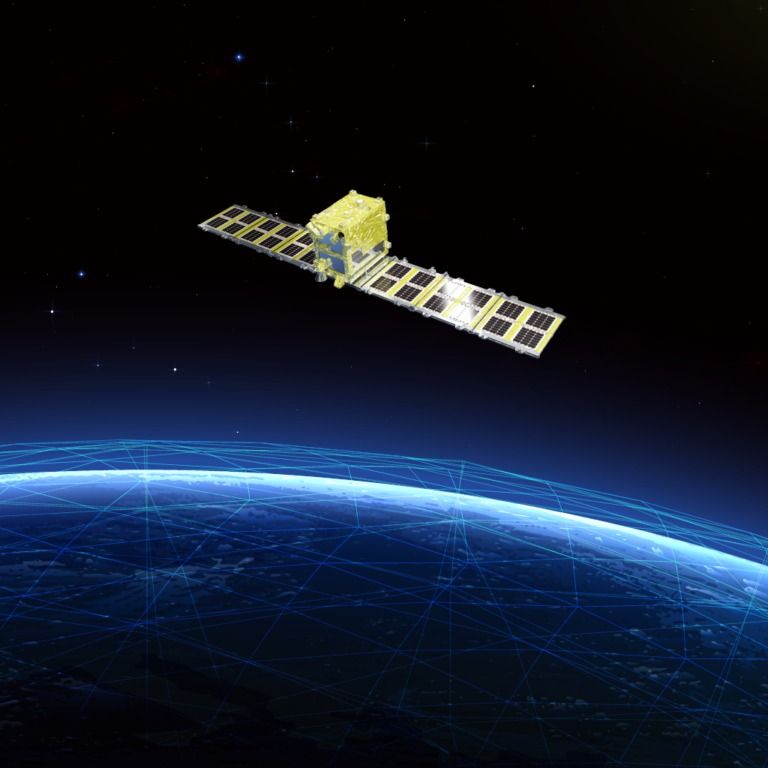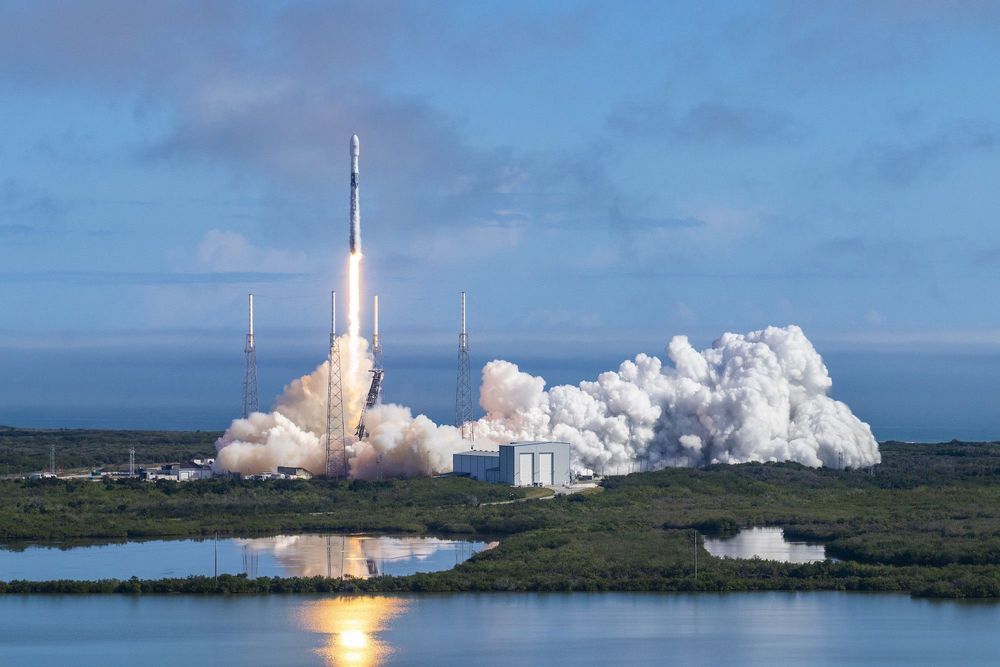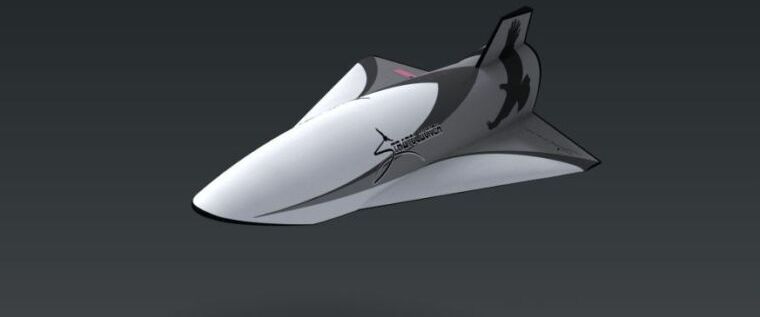Apr 16, 2020
Space and Missile Systems Center awards $35 million Space Test Program
Posted by Saúl Morales Rodriguéz in categories: futurism, satellites
The U.S. Space Force’s Rocket Systems Launch Program (RSLP) Office at Kirtland Air Force Base, Albuquerque, New Mexico, part of the Space and Missile Systems Center’s Launch Enterprise, today awarded a $35 million task order to VOX Space, LLC of El Segundo, California, for the Space Test Program-S28 (STP-S28) launch service. This is the first task order under the Orbital Services Program-4 (OSP-4) Indefinite Delivery/Indefinite Quantity (IDIQ) contract.
STP-S28 is a complex mission that will deliver a number of technology demonstrations to orbit, such as Space Domain Awareness and communications advancement, and inform future space system development.
VOX Space, a U.S.-incorporated, wholly-owned subsidiary of Virgin Orbit, LLC, will utilize three launches of the LauncherOne rocket to deliver 44 small satellites to low earth orbit. The first launch is tentatively planned for October 2021.















